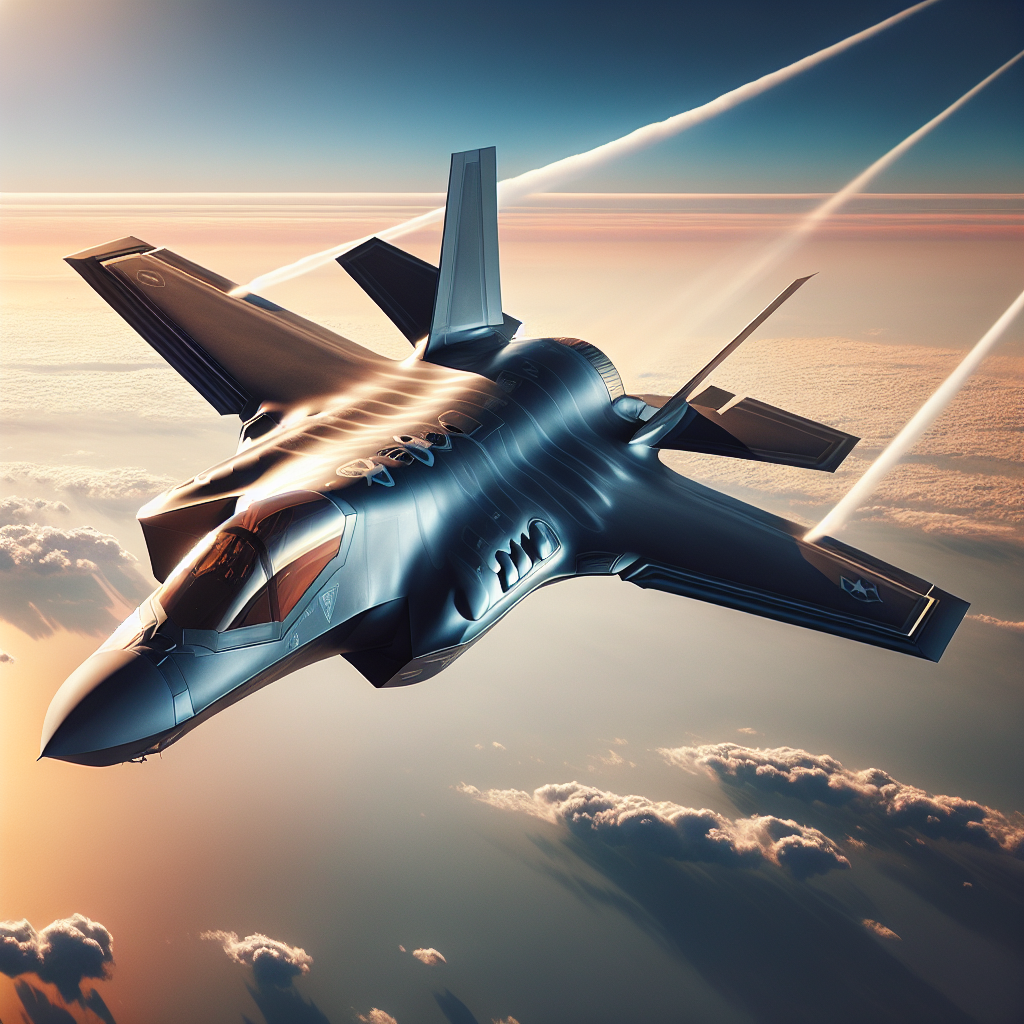Challenges and Opportunities for the Global Combat Air Programme
The Global Combat Air Programme, a BAE-led project with Italy and Japan, faces low prospects of adding a new partner like Saudi Arabia. Announced in 2022 and aiming for completion by 2035, the project promises a new stealth aircraft. Rival European projects struggle with delays, contrasting GCAP’s progress.

- Country:
- United Kingdom
BAE Systems' efforts, alongside Italian and Japanese counterparts, to advance their Global Combat Air Programme face challenges in integrating a new partner as initially speculated. With Saudi Arabia's involvement appearing unlikely, the focus remains steady on delivering a new-generation fighter jet by 2035.
The possibility for additional partners hinges on decisions by the UK, Italian, and Japanese governments, who must weigh potential delays against market expansion opportunities. BAE's Herman Claesen expressed confidence in existing market interest, noting a developing queue of nations discussing involvement.
Meanwhile, a French-German project for a similar aircraft suffers from delays and disputes over workshare. Known as Tempest in the UK, the GCAP aircraft stands to exceed the Typhoon jet's specifications, promising longer range capabilities.
(With inputs from agencies.)










